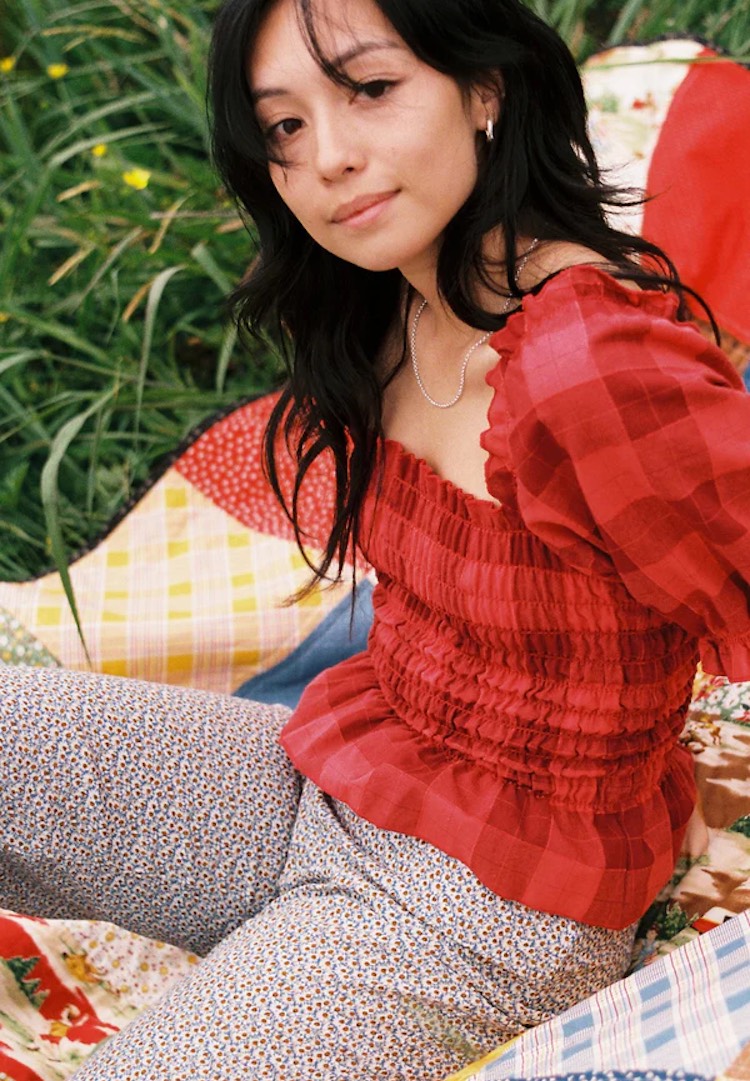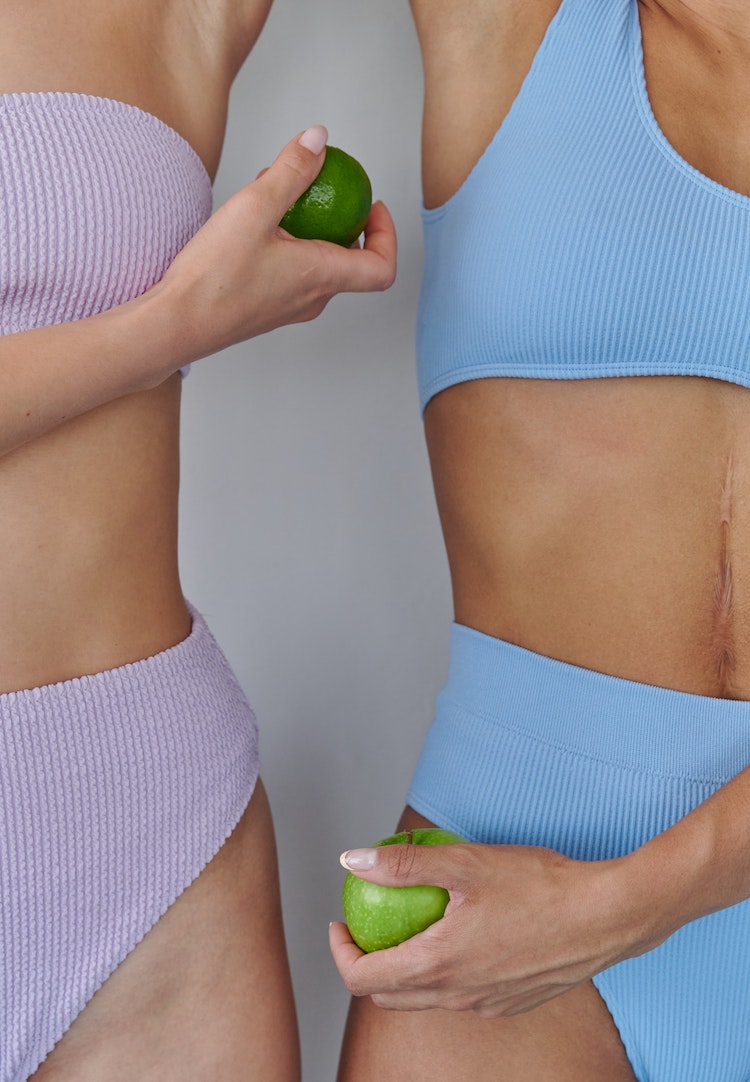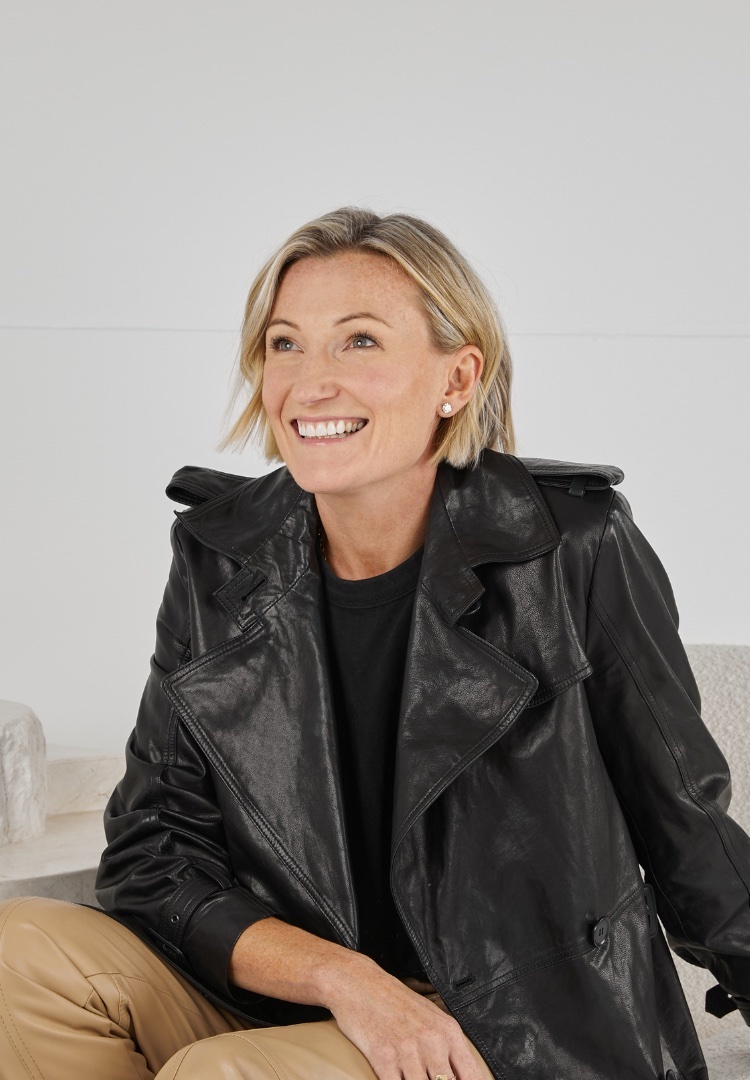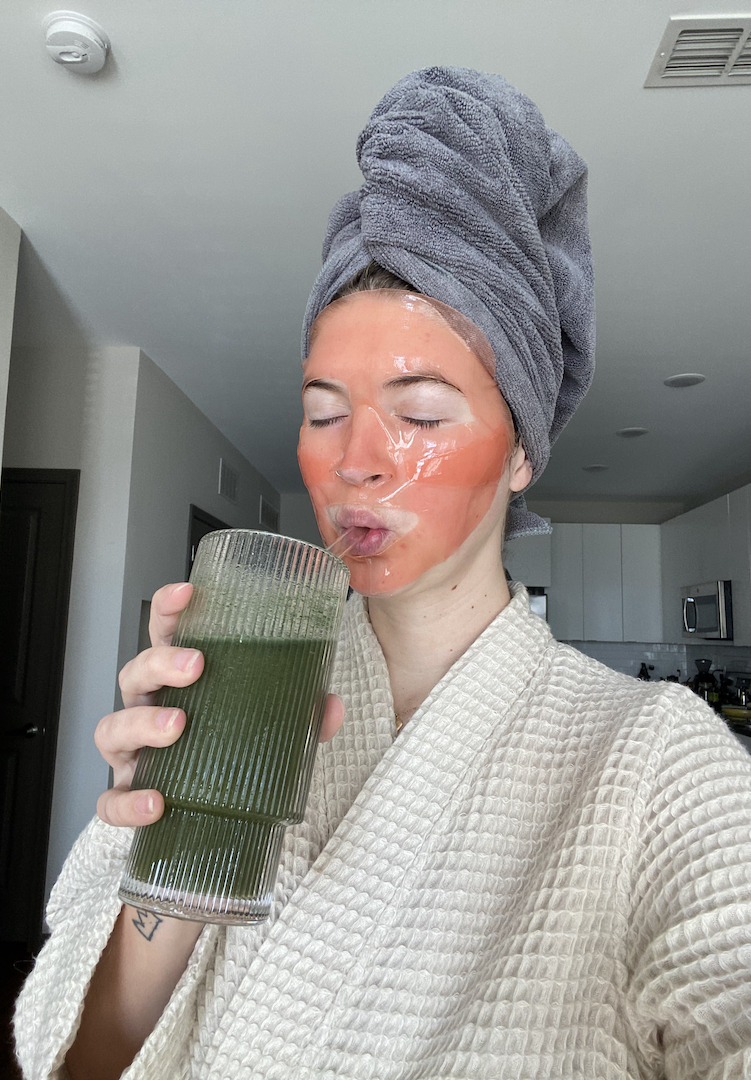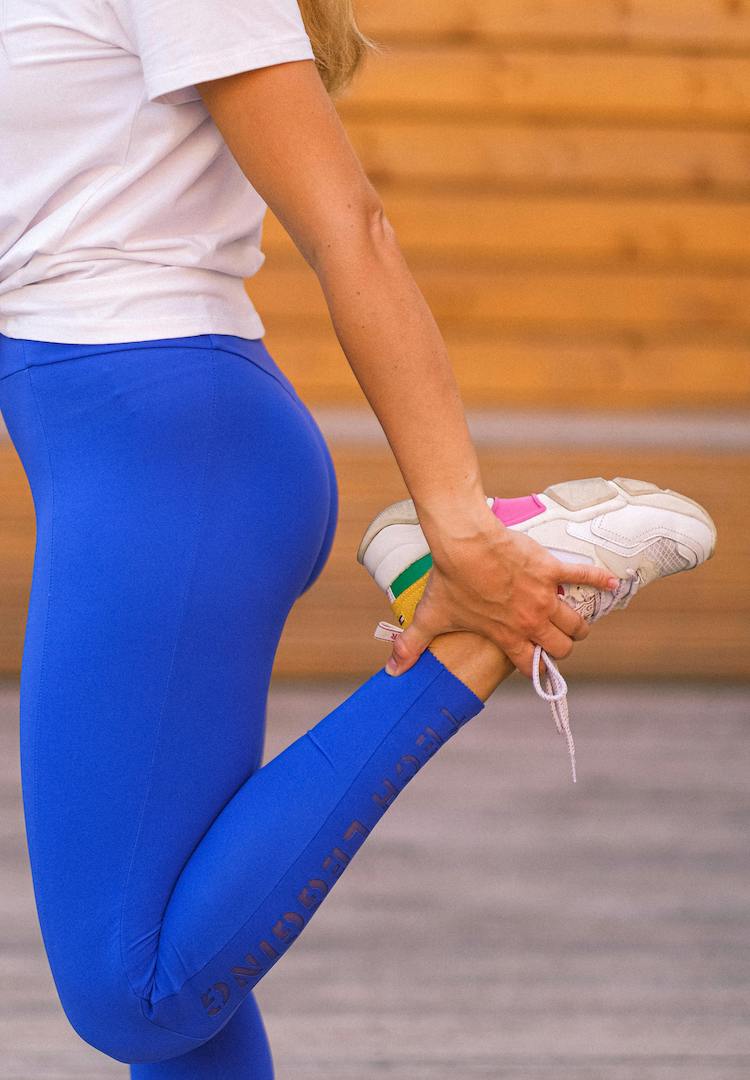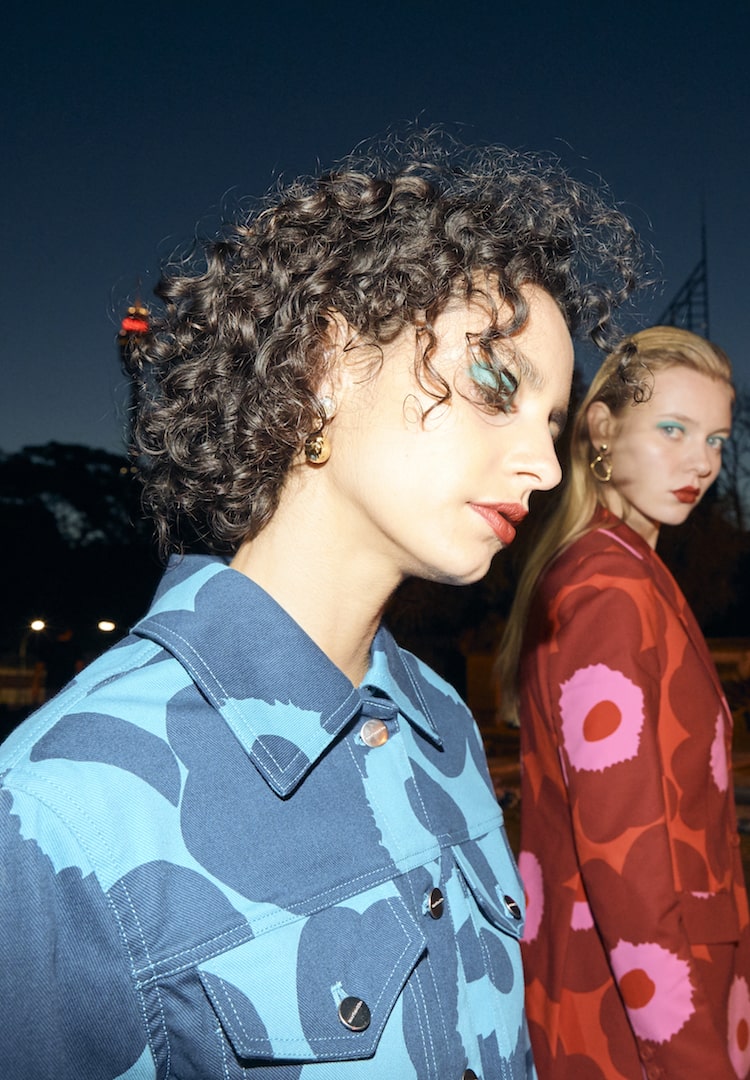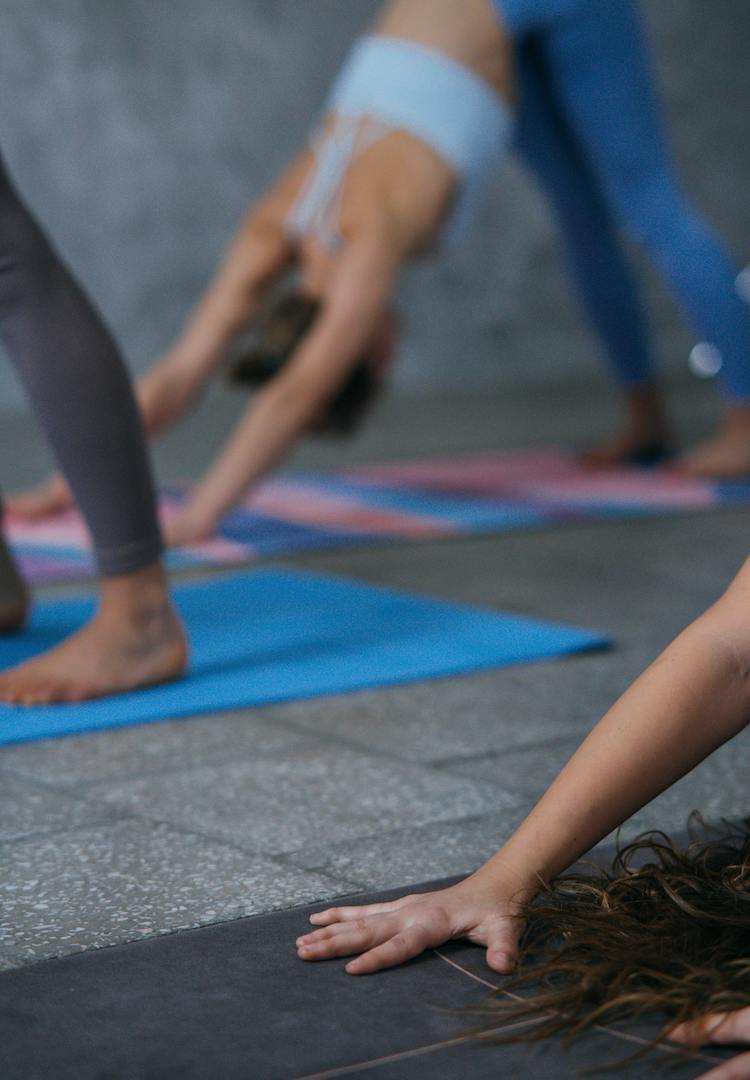How my love of fashion got mixed up with an eating disorder
WORDS BY CAT FORSYTH
Content warning: This article discusses eating disorders.
Fashion is my one true love; it’s been there for me when I felt like I had nothing else. Growing up, my love of fashion was nurtured by those around me, in particular, my mum’s family. My granny and aunties are all big fashion lovers, and they spotted that same passion in me.
When I would visit my family in Perth, I would spend hours playing in my granny’s antique shop, trying on lace dresses and pointe shoes and watching fashion movies with her (think Dior and I or Coco Before Chanel).
For more content like this, tap through to our Life section.
My aunty was much the same – the three of us could go on all day and night about our shared love of all things feminine and beautiful (although I now realise fashion is so much more than this). As I grew up, and access to the internet became a household staple, I spent more and more time scrolling through fashion pages.
I watched runways, pinned a million pictures on Pinterest, and made endless mood boards of my favourite sartorial looks. When it comes to fashion, there are so many aspects about it that I love, but I’m the first to admit the industry is problematic.
Behind the shiny exterior of fashion shows and clothing labels, there is toxic and dangerous rhetoric that preys on peoples’ vulnerabilities. All throughout my childhood and adolescence, I was blindly absorbing every message that the fashion industry impressed upon me.
Sometimes, the message was overt – think of those magazines in petrol stations or supermarket lines showing ‘unflattering’ images of celebrities or an article about how someone lost however many kilos to fit into a dress.
But usually, the messages were designed to be covert: it was the clothing websites that only went up to a size 12, or the fashion influencer sharing what they eat in a day. Every picture I liked or reposted, every runway I watched and every model I followed all led me to the same conclusion: that I must shrink myself in order to be truly fashionable.
As I absorbed all this fashion content, something else began bubbling under the surface. I started avoiding certain foods and would spend hours eating my dinner each night. I was always feeling anxious about eating and it was clear that something was wrong.
With hindsight (and after years of treatment), I now know that I was suffering from an eating disorder, but 12-year-old me didn’t realise there was a problem. As I grew older and became even more anxious, my tendency to manage my feelings through food was solidified.
Soon, the messages I was receiving from Instagram, Pinterest and beyond started to consume me. Food became a source of guilt, and each mouthful was eaten with a slimmer body in mind.
During my teenage years, I ran a little blog on Instagram and Blogger. It was just a tiny fashion page with schoolmates, family and online friends following me, but it was my favourite thing to do. I would take outfit pictures wherever I went and did collaborations and gifted posts with small Australian brands.
I always received lovely feedback about my outfits and my sense of style, and it felt like the one place I belonged. But no matter how much I accomplished through my blog, or how many compliments or positive messages I received, nothing could penetrate the self-hating thoughts swirling around in my head.
I had curated a perfect little world, all through an Instagram page and a blog. My life looked happy and light. It was an endless scroll of op shop finds, flat-lays and smoothie bowls (very 2014) all disguising my inner turmoil.
I never received anything but love in both my home and school environments, but I was so consumed with self-hatred that the negative thoughts about my appearance heavily outweighed the positive ones I received from those around me.
As a young adult on the other side of eating disorder recovery who now works in fashion, I have a few insights to share. Being free of these toxic behaviours is liberating, but it doesn’t mean the thoughts don’t come up.
Constant comparison is something I have to watch out for – working as an assistant in fashion, I’m often dressing models and working behind the scenes on photoshoots. Dressing the bodies I once coveted can be triggering, and intrusive thoughts and the tendency to compare do pop up, but I now have the tools to work through them.
I’ve gained resilience and now feel powerful enough to stand up to these old beliefs. The main way I do this is through practising positive self-talk and self-love. I’m not trying to make it sound easy, because it’s been a long and difficult path, with plenty of trips, stumbles and straight-up falls.
But I think I’ve learned to lean into the discomfort because that’s where all the growth comes from. Now, I treat myself as I would anyone I love, because I finally love myself too.
If you’re struggling with body image issues or eating disorders, you can call the Butterfly National Helpline at 1800 33 4673 for free and confidential support, or email or chat to them online here.

